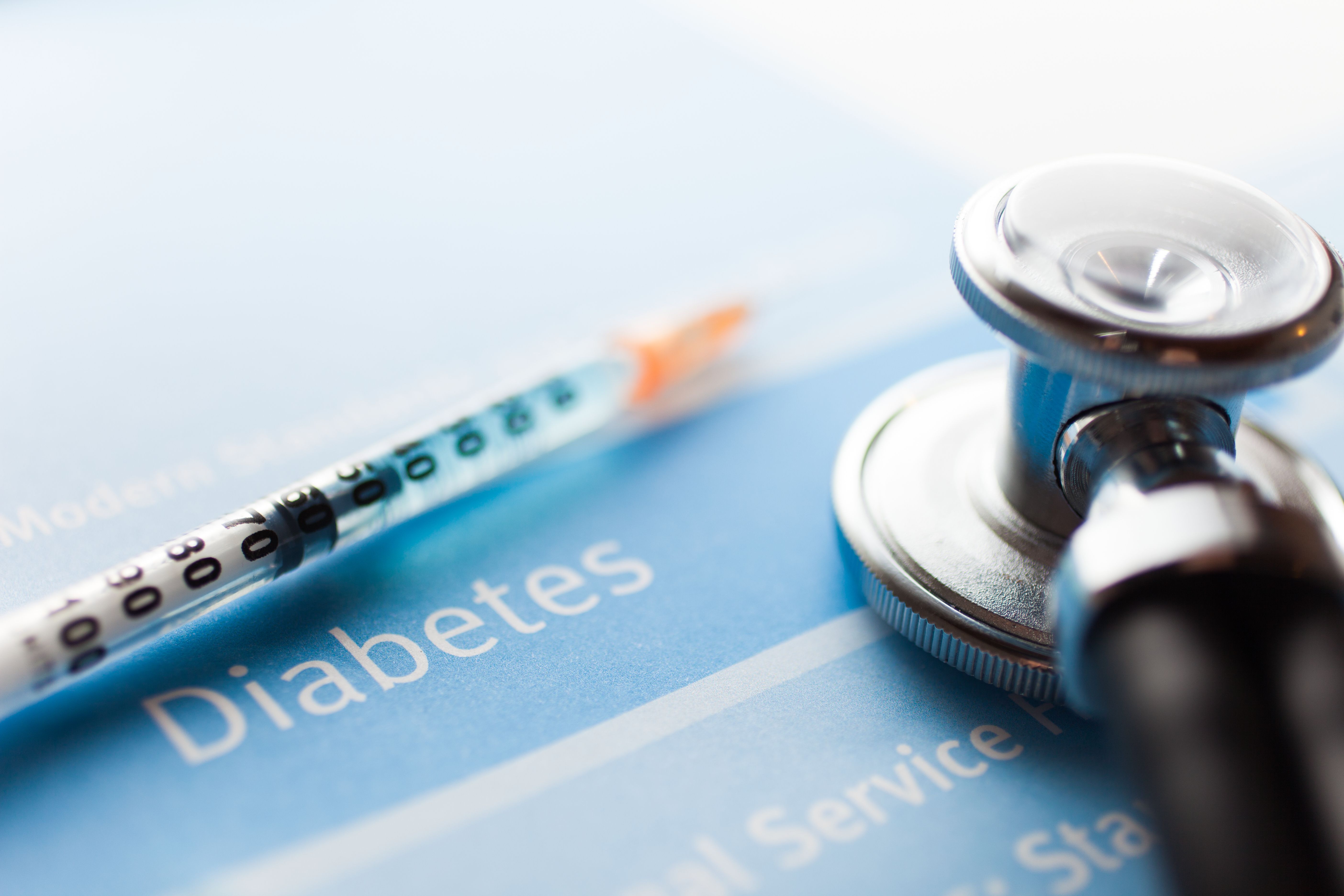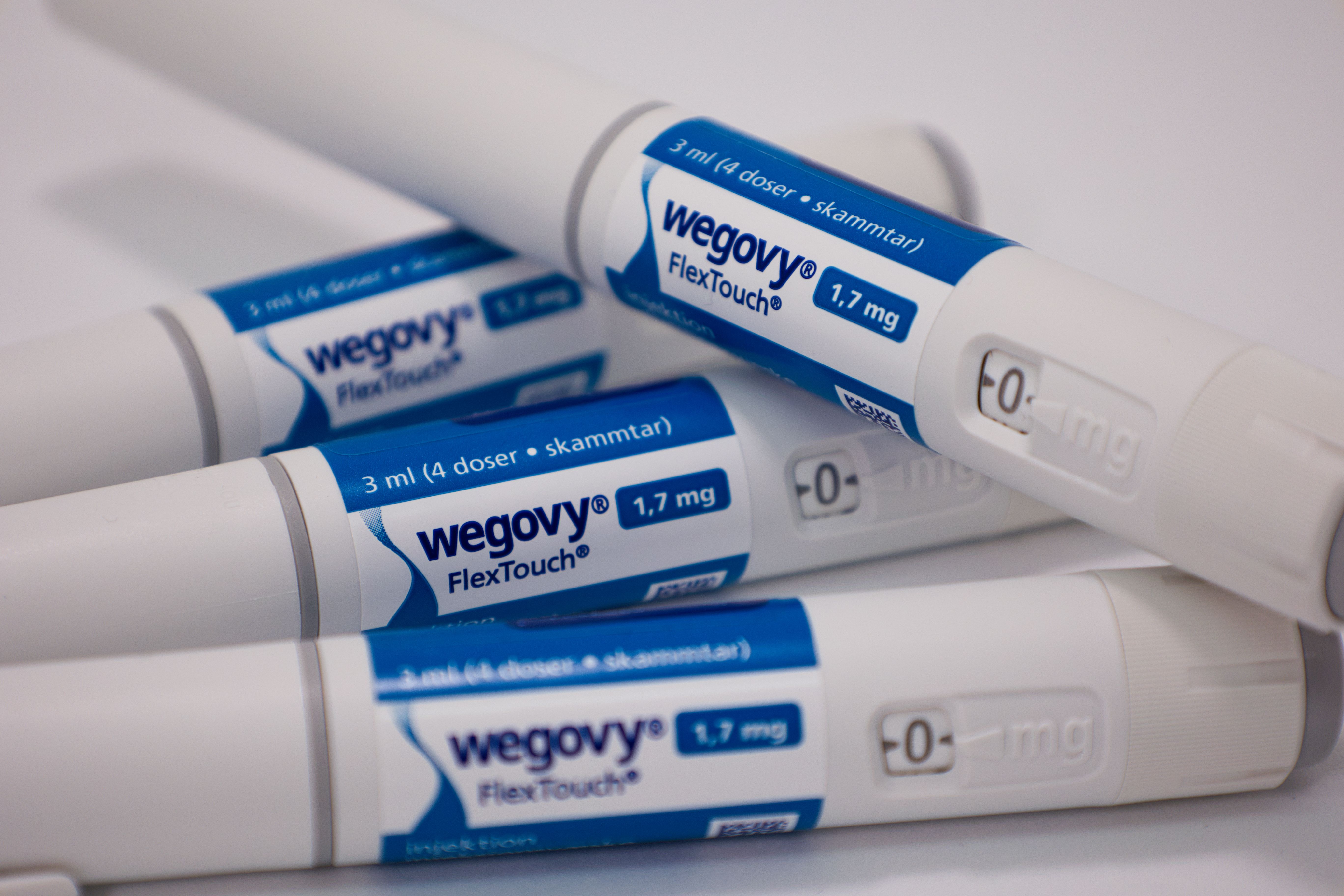News
Article
Dr Paul Zimmet Outlines COVID-19, Diabetes Challenges and Lessons Learned From the Pandemic
Author(s):
In a session at the 18th annual World Congress Insulin Resistance, Diabetes & Cardiovascular Disease presented by the Metabolic Institute of America, experts discussed challenges faced by patients with diabetes in the wake of the coronavirus disease 2019 (COVID-19) pandemic and lessons learned from the crisis.
In a session at the 18th annual World Congress Insulin Resistance, Diabetes & Cardiovascular Disease presented by the Metabolic Institute of America, experts discussed challenges faced by patients with diabetes in the wake of the coronavirus disease 2019 (COVID-19) pandemic and lessons learned from the crisis.
According to the World Health Organization (WHO), an estimated 422 million individuals had diabetes in 2014, and that total is projected to increase to 628.2 million in 2045. Diabetes is also an established risk factor for more severe cases of COVID-19, as complications in immune dysfunction and inflammation have occurred in this patient population.
Comparing the collision of the diabetes pandemic with COVID-19 to the 1918 influenza pandemic, Paul Zimmet, MD, professor of diabetes at Monash University in Australia, laid out the importance of mask-wearing, hand hygiene, and social distancing to protect those most vulnerable from infection.“Had we followed the actions taken [during the 1918 pandemic] in these times, we may have seen less morbidity and mortality from the epidemic,” Zimmet said.
In 2020, however, the concurrent obesity and heart disease pandemics compound the risks incurred from COVID-19 and diabetes. “We have an interesting situation where we have a very big pandemic now of COVID-19, a communicable disease, with numerous pandemics of chronic disease,” Zimmet said.
Abnormalities in the kidney, heart, lung, and brain can all occur in individuals with diabetes, obesity, and cardiovascular disease who contract COVID-19, although data show that patients with type 1 diabetes (T1D) have higher rates of mortality than individuals with type 2 diabetes (T2D).
Recent data also point to a bidirectional relationship between COVID-19 and diabetes, in that some patients without diabetes risk factors who contracted COVID-19 subsequently developed diabetes.
Interested in these rare cases, which don’t appear to fit the typical 2 types of diabetes, Zimmet, along with Francesco Rubino, MD, and a cohort of clinicians from around the world, devised a global registry of COVID-19–related diabetes to better understand how and why people get diabetes as a result of COVID-19. Around 56 cases have already been reported, and researchers hope to study the phenomenon longitudinally.
However, during the severe acute respiratory syndrome (SARS) epidemic in 2003, researchers found similar cases of diabetes developing after infection with the virus, and follow-ups indicated that cases largely resolved after a few years, offering a sign of hope for some patients.
But the potential of a bidirectional relationship between diabetes and COVID-19 underscores the importance of precautionary measures, Zimmet emphasized.
To illustrate the effectiveness of these measures among populations with diabetes, Zimmet outlined studies conducted in Mauritius, a country off the east coast of Madagascar. Although 1.6 million individuals currently inhabit Mauritius, the ethnically diverse population—made up of Asian-Indian, African-Creole, and Chinese individuals—represents the racial groups of two-thirds of the world population. All of these racial groups are at a high risk of diabetes.
Between 1987 and 2015, the diabetes prevalence on the island increased 100%. “It was almost inevitable that [the country] would have a problem with coronavirus,” Zimmet said. The first cases of COVID-19 in Mauritius were reported in March, due in part to tourists arriving on the island.
However, the country immediately closed its border over 24 hours and implemented strict control measures. As a result, Mauritius effectively controlled the pandemic and currently has no cases to report.
“It’s very interesting to see how [Mauritius] did everything that many of us haven’t done in our own countries,” Zimmet said. In comparison, the United States reported in June that patients with diabetes make up more than 20% of the intensive care unit population suffering from COVID-19.





